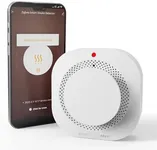Buying Guide for the Best Smoke Detectors
When choosing a smoke detector, your main goal is to ensure safety and early warning in case of fire. Smoke detectors come in different types and with various features, so it's important to understand what makes one suitable for your living space. You should think about where the detector will be placed, how easy it is to maintain, and which safety features matter most to you. By focusing on the main specifications, you can find a smoke detector that provides dependable protection for you and your household.Sensor TypeThe sensor type refers to the way the smoke detector senses fire or smoke. The main types are ionization sensors, photoelectric sensors, or a combination of both (sometimes called dual-sensor detectors). Ionization is generally faster to detect flaming fires, while photoelectric is more responsive to smoldering, smoky fires. If you are unsure about which type is right for you, consider where the detector is being installed and the typical fire risks: for example, near kitchens where fast, flaming fires may be less common, photoelectric can help prevent nuisance alarms from cooking. In areas with varied fire risks, a dual-sensor detector offers broader protection.
Power SourcePower source describes how your detector gets electricity. Smoke detectors can run on replaceable batteries, have sealed long-life batteries, or be hardwired into your home's electrical system (often with battery backup). Battery-powered models are simple to install and flexible in placement, but require regular battery changes. Sealed lithium batteries last up to 10 years and require less maintenance, making them more hands-off. Hardwired detectors are reliable and sometimes interconnected, but they typically need professional installation. Consider your ability to maintain batteries, how easy it is to access the location, and whether you want extra peace of mind in case of power outages.
InterconnectivityInterconnectivity means that when one detector goes off, all the interconnected detectors in the home also sound an alarm. This feature is valuable for larger homes or multi-story residences, allowing everyone to be alerted no matter where the fire starts. Wireless models achieve this without extra wiring, while hardwired models may be physically connected. If your home has several rooms, multiple floors, or you want a higher level of safety, interconnected alarms are worth considering.
Additional Detection FeaturesSome smoke detectors come with extra detection features, such as built-in carbon monoxide (CO) sensors or natural gas leak detection. A combination model saves space and can simplify monitoring by providing protection from both fire and poisonous gases. If you want broader coverage in one device or live in a home with potential carbon monoxide sources (like gas heaters or attached garages), look for detectors with this feature.
Alarm Volume and AlertsAlarm volume refers to how loud the siren is when triggered. A louder alarm (measured in decibels) increases the chance you will wake up or be notified in a noisy environment. Some models also offer voice alerts or visual warnings (like flashing lights), which are helpful for people with hearing impairments. Think about the occupants of your home—if you have heavy sleepers or people with hearing loss, choose a high-volume or multi-alert model.
Maintenance and Test FeaturesThis specification covers how easy it is to test the alarm or check the battery. Some models have test buttons for quick checks, while others feature warning lights or spoken notices when attention is needed (such as low battery or end of detector life). If you prefer low-maintenance solutions or worry you’ll forget regular testing, look for units with straightforward maintenance features or self-testing capabilities.
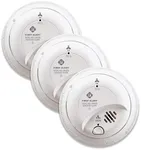
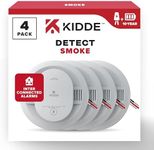
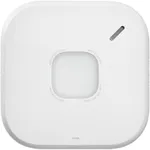
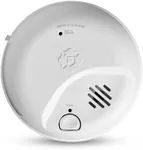

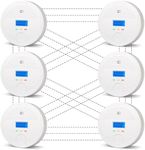

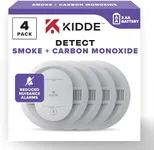
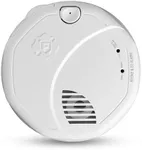

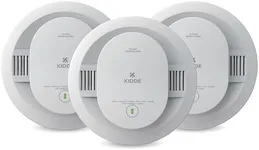



![IMPRESA [12 Pack] Temporary Smoke Detector Cover to Protect Vital Alarms - Smoke Alarm Paint Cover During Construction - Fire Alarm Cover Set That Fits Most Models - Fire Alarm Covers Plastic](https://images-proxy.bestreviews.guide/sj0I4OsWGVCsdNu2153hoUZw4Qs=/0x150/https://m.media-amazon.com/images/I/41kWUL7bWRL._AC_CX679_.jpg)
